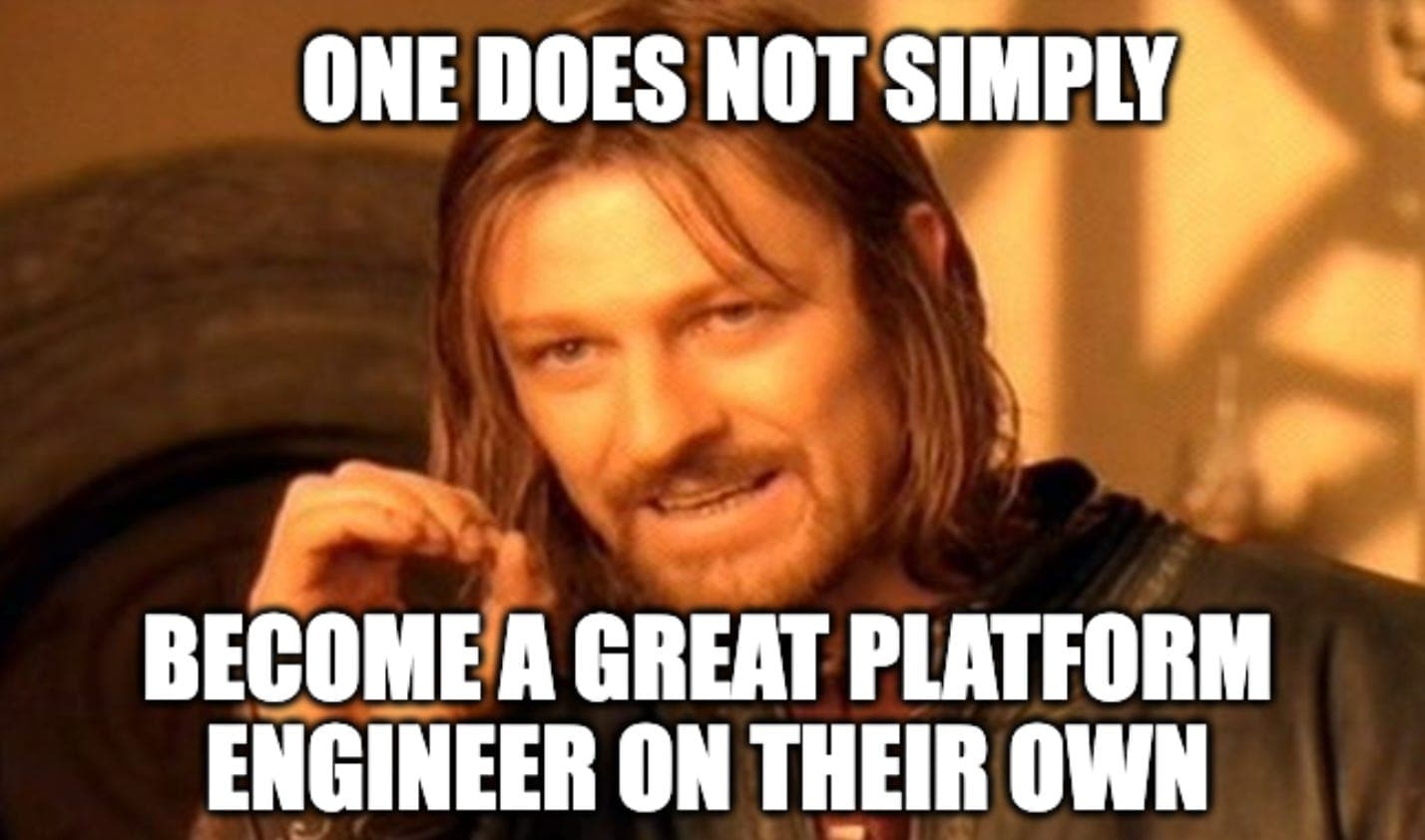“Treating devs like human beings” may sound like it should be an obvious idea. Yet we see the opposite happening on a regular basis - developers measured on lines of code, managers who expect engineers to act like automatons, and too many practices that sacrifice developer happiness and decay teams for short-term delivery.
To discuss how to fix these negative practices that too often damage our industry, I was joined by 3 experts in making the transition from churn and burn software development to more successful, human-centric development.
Here are the 6 major takeaways from my conversation with Kelly Vaughn, Director of Engineering at Spot AI; engineering leadership coach Lena Reinhard and VP of Engineering at Range, Jean Hsu.
1. Humanize Interviews
Sometimes, we must remind each other that developers are knowledge workers, not robots. During our conversation, Kelly shared her view on one of the roots of this problem: the belief that engineers shouldn’t be required to code as part of the interview process.
Her reason? Such tests don’t reflect actual working conditions. After all, when was the last time anyone stood over your shoulder at work and watched you code? Instead, she advocates for more problem-oriented system-design interviews that showcase how candidates think.
Jean aligned with this, saying interviews should focus more on what it’s like to work with a person instead of how technically strong they are. However, humanizing interviews starts before the interview itself - it means thinking about what your job descriptions and interviews cater to: Do they support people who have kids? People who already have a second job? Or do they hone in on “super passionate” developers who often have more free time?
2. API for Humans
Beyond interviews, Jean thinks that treating your working developers as humans is one of the industry’s biggest gaps. People moving into leadership and management roles are not trained to communicate and figure out, “Hey, what’s important to this other human?” She recalls one communication workshop where a person shared the takeaway “I feel like I just learned an API for humans.”
Kelly Vaughn brings a unique perspective to this discussion - that of a trained therapist. She leverages this training to monitor behavior and patterns of speech to see when interventions are needed and to understand the needs of her developers. It’s interesting to compare this approach to other managers who don’t get the same in-depth training in communication and in improving their emotional intelligence. So many times we promote developers to managers and actually set them up for failure. As a leader, it’s crucial to view developers not just as resources but as complex humans so that you can help them understand what they really want and how to create mutual value as part of the team. If we solely focus on the value to the business - and not the developer experience in building that business value - we sacrifice for short-term productivity bursts and decrease retention rates, causing major issues and costing the business money in the longterm.
One of my favorite examples of how to approach this dichotomy comes from Jean - one of her engineers told her they were having challenges balancing full-time work with other goals. This engineer was talented and a valuable member of the team, so Jean worked with them to transition them into a part-time role that let them have more time back for personal projects and more closely fit what they were looking for. This kind of relationship is challenging to develop, but when done right can both deliver for the business's needs and recognize each human's unique challenges.
3. Can a Dev Manager Be Non-Technical?
With this focus on communication and humanization vs. technical skills, the natural next question is whether or not developers need to be led by managers with technical skills. From Lena’s experience, many great engineering managers are people who haven’t been developers and likely never will. It doesn’t take someone from a technical background to enjoy working in tech and understand the motivations of their developers. Yet we continue to see companies where leaders seem to think that the way to fill gaps is pattern matching their engineers. They’re making people leaders who have similar skills or behaviors to their subordinates or who excelled as an individual contributor without necessarily having leadership skills. This contributes to engineers who struggle or burn out in poorly-fitting roles.
Part of the joy of engineering leadership is seeing your engineers grow. Part of letting them grow is to stop fixing for them and start coaching them to do the solving themselves. And when you come from a non-technical background, that temptation is less, which is part of why many great managers are not from a technical background.
4. Bringing Your Full Self to Work
Our panelists views one-on-ones not as a place to give performance advice, but as a place for engineers to share their dreams, personal endeavors, and concerns. Kelly, Lena and Jean all felt that one-on-ones were a powerful tool for leaders to break through the dehumanizing barriers of software development as production line. In fact, because of Kelly’s background as a trained therapist, she views a successfull one-on-one as something close to the therapy, though she cautions this approach doesn’t fit everyone.
However, just like a therapy session, a good one-on-one should be individualized, confidential, difficult to cancel and devoid of surprises. A leader also needs to bring their whole self to the meeting, or the employee won’t bring their whole self.
Lena resonated deeply with this. It can be tricky for people to bring their whole selves due to culture, and a leader should figure out what their employees’ boundaries are between personal and work life. It’s also important to recognizes that it’s not just regional or company culture, but also generational culture that affects those boundaries. At Range, Jean’s team report their mood for the day as well as what they’re working on during check-ins. She shared a story where she was explaining this process to another older engineering leader and that that person laughed in surprise that people would want to share something like mood in the workplace.
Jean feels strongly that the way a company talks is really representative of how they view their employees. For example, consider when companies call it “resource allocation” instead of “how employees spend their time.” In a higher-level position, you need to watch the way you talk and how you’re feeling about the people who work for you.
5. Metrics
Kelly had a great example of humanizing vs. dehumanizing metrics: time to close a ticket vs. the impact of closing a ticket. The latter is much more powerful and speaks more to the nuance of what’s going on with a team. Metrics shouldn’t just track information, but also give people something to look forward to. People want to be doing their best work and as I’ve written, we can use metrics to improve productivity without sacrificing developer experience
You can get a feel for how humanizing - or dehumanizing - a company is by what metrics they use when measuring their devs. For example, lines of code is a dehumanizing metric because it’s meaningless to the actual value a developer can bring. One key to humanizing metrics is making sure the metric is something that a developer is aware of and has direct influence over. Kelly had a great example of humanizing vs. dehumanizing metrics: time to close a ticket vs. the impact of closing a ticket. The latter is much more powerful and speaks more to the nuance of what’s going on with a team.
As we talk about ad naseum at LinearB, metrics should focus more on team performance than individual performance. Metrics shouldn’t just track information, but also give people something to look forward to. People want to be doing their best work and as I’ve written, we can use metrics to improve productivity without sacrificing developer experience
6. Burnout
Another crucial challenge that stops people from doing their best work is burnout. Jean shared about a time when her company shut down for a short break and people were hoping everyone would come back from the break refreshed. But the break was amid the COVID-19 pandemic, and instead of returning refreshed, she came back tired. During a morning check-in, she shared how tired she still felt and how the short break didn’t make up for months of pandemic stress. One of her direct reports told her later how relieved they were that Jean shared, because they felt the same way! Acknowledging the elephants in the room is crucial as a leader; everything can’t always be rosy and your team wants to feel seen in the challenges you share.
Another important thing to understand about burnout is that it’s not just something you need to accept: Kelly pointed out that burnout is recognized as a mental health syndrome. Knowing that, leaders must be aware that cultural influences impact people’s willingness to talk about mental health, including regional and national cultural considerations. Your team members may not want to talk about it, so you have to look for signs before the burnout hits full force. Address these signs as soon as you can, and give the employee the time and the space they need to heal from it.
You’ve also got to manage upwards around burnout: When the pandemic hit, many companies said, “We care about you,” but didn’t take action. Instead of reducing capacity to 80% and telling people they could be less productive during that time, they tightened goals. They worried more about their performance than their employees’ humanity. As a leader within your organization, you need to raise your voice in leadership discussions and challenge the organization's negative actions by showing that there is a better way to lead.
Humanizing Means Performance
Humanizing developers is critical and isn’t divorced from performance. As Jean says, it’s not like you can say, “Let’s just get the team running; then we can focus on caring about them.” Caring about your team allows them to perform with great results!
Watch my whole conversation with Jean, Kelly, and Lena on our YouTube 👇
A 3-part Summer Workshop Series for Engineering Executives
Engineering executives, register now for LinearB's 3-part workshop series designed to improve your team's business outcomes. Learn the three essential steps used by elite software engineering organizations to decrease cycle time by 47% on average and deliver better results: Benchmark, Automate, and Improve.
Don't miss this opportunity to take your team to the next level - save your seat today.





